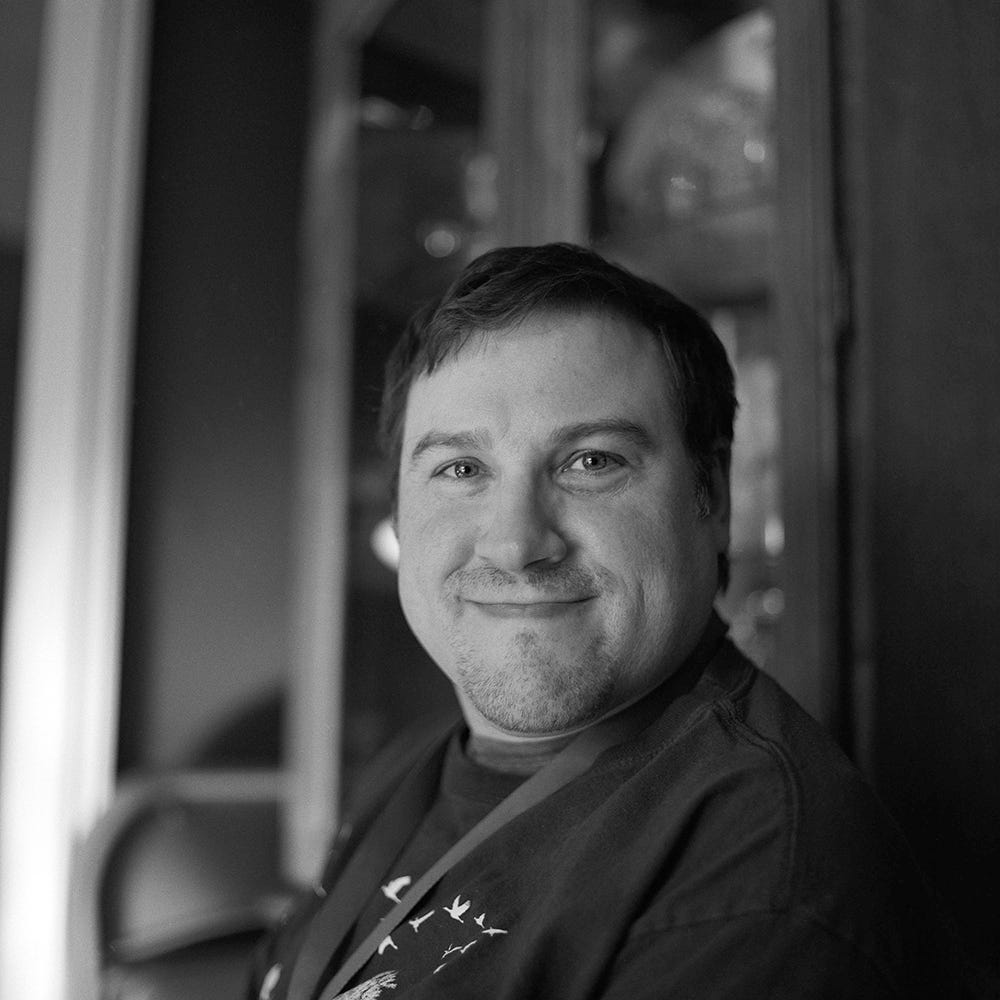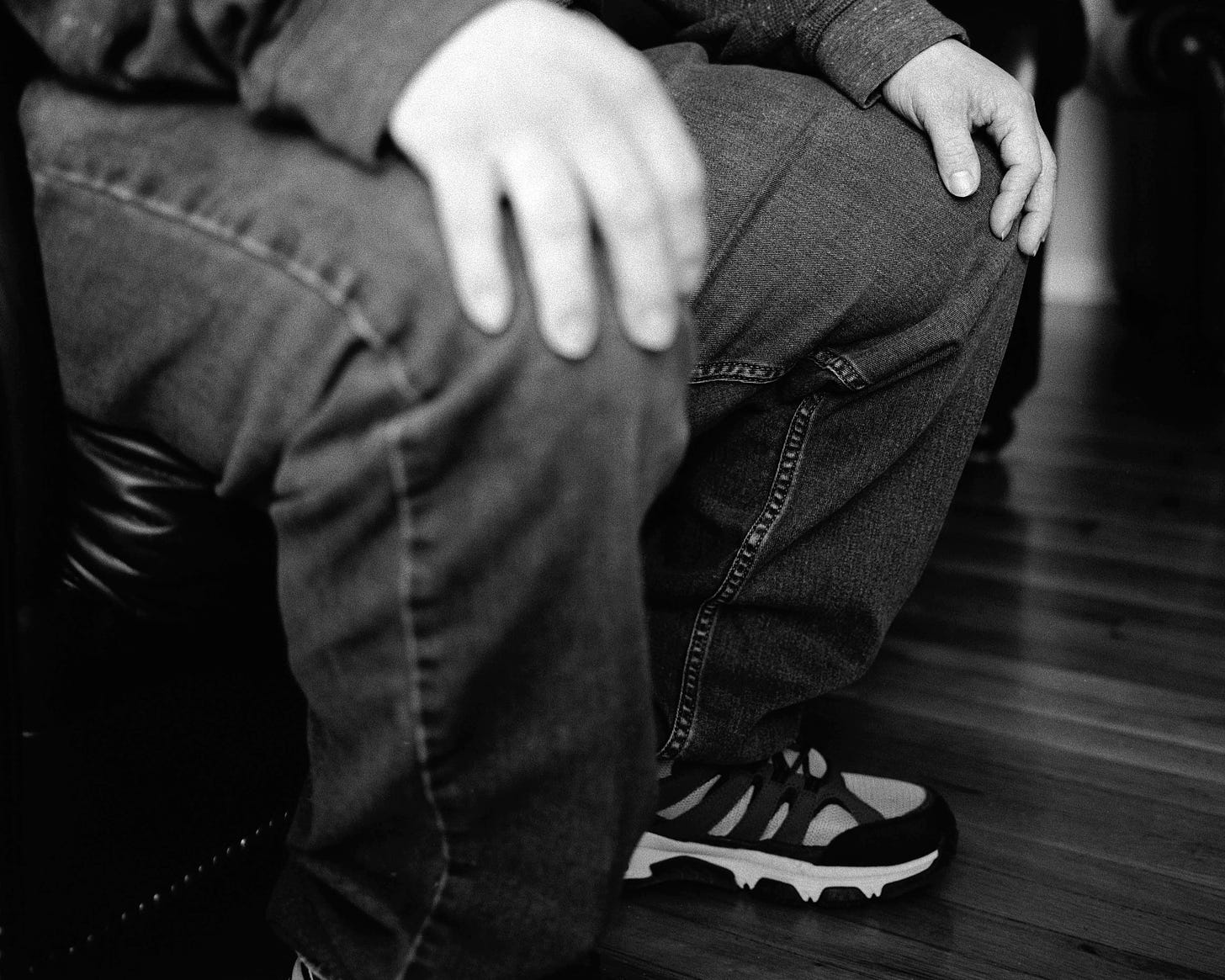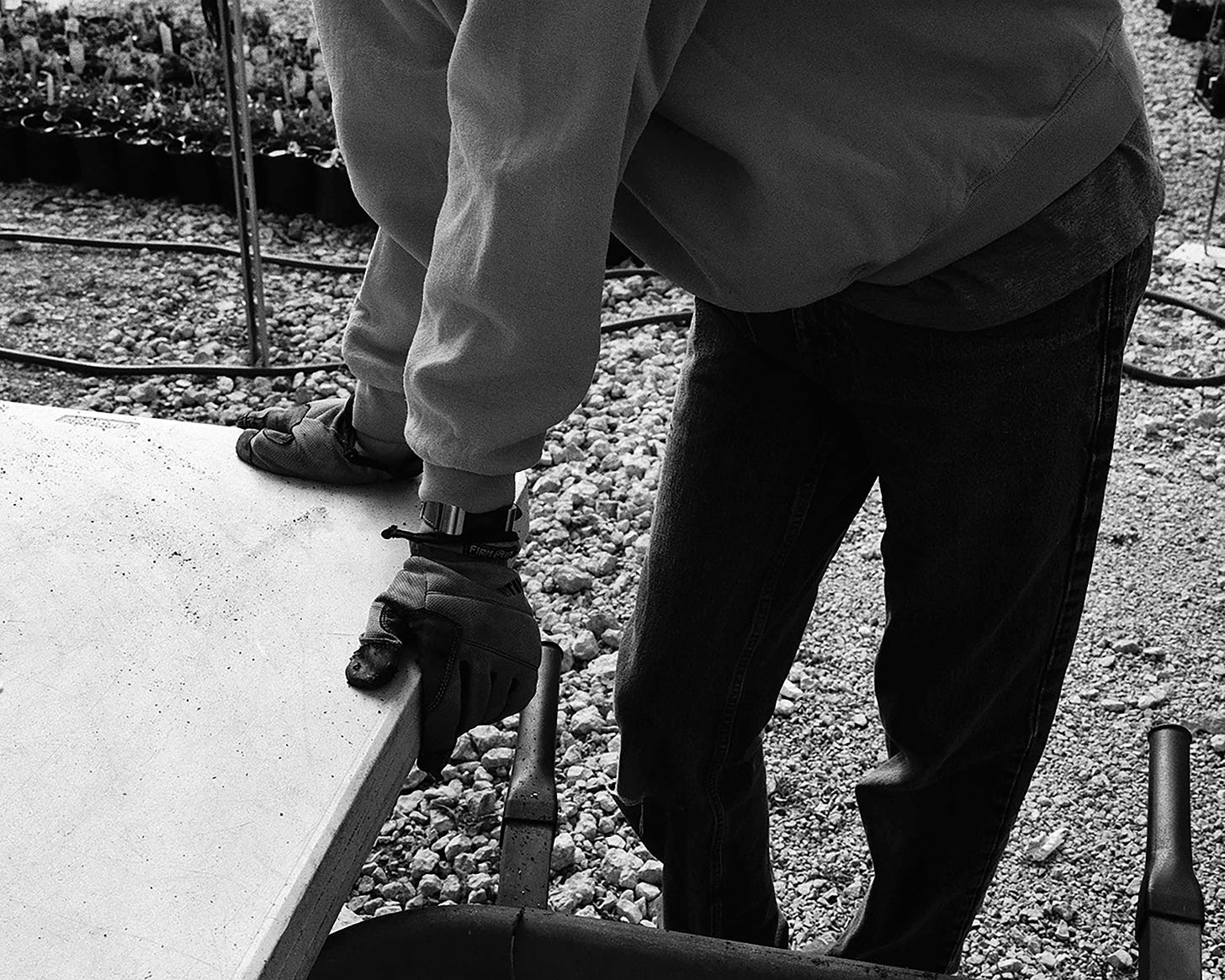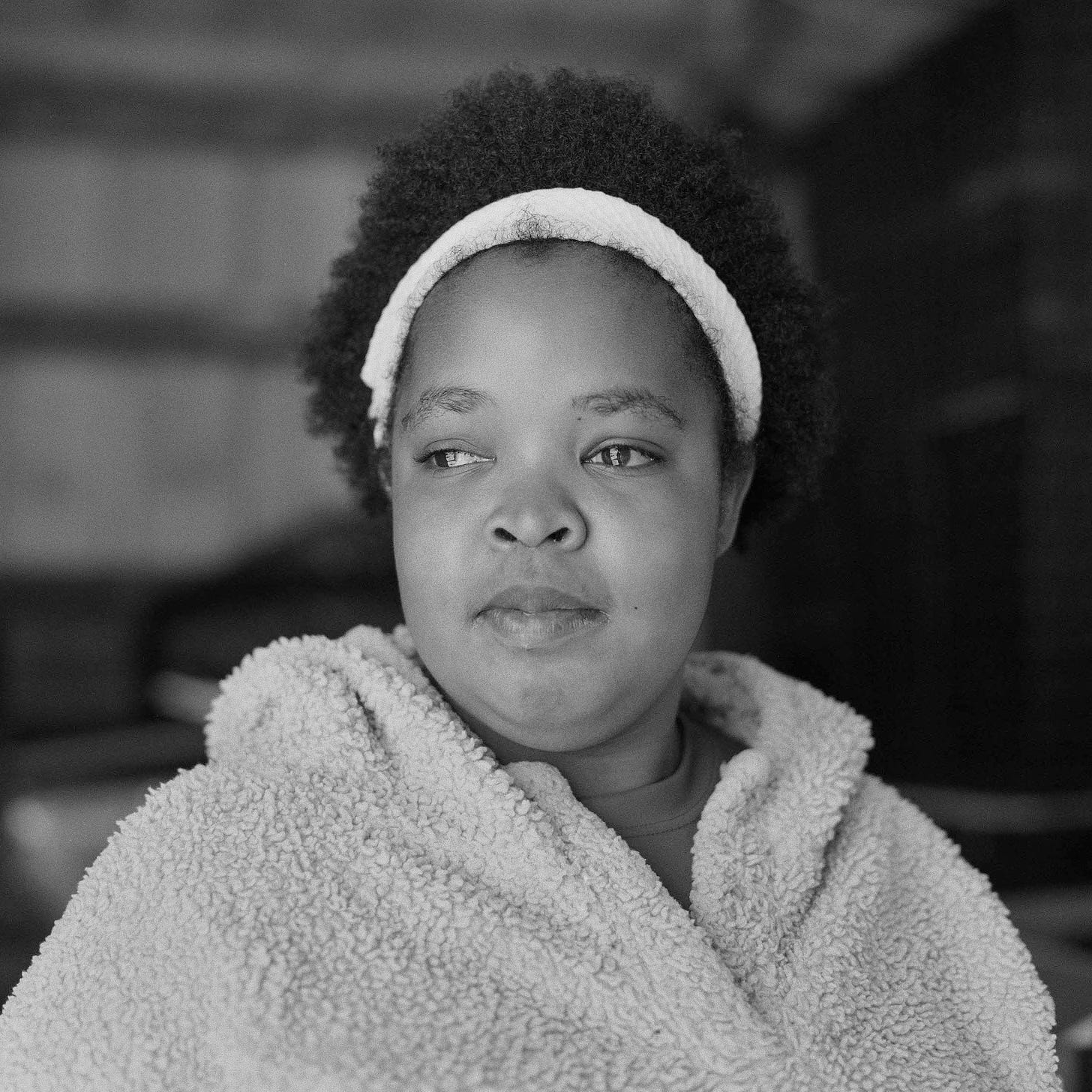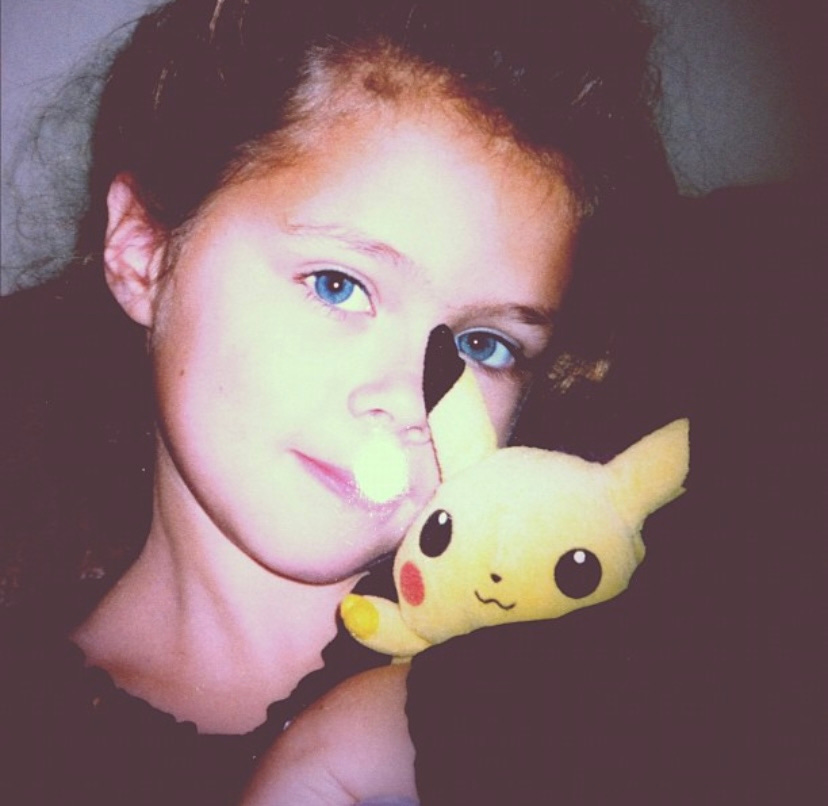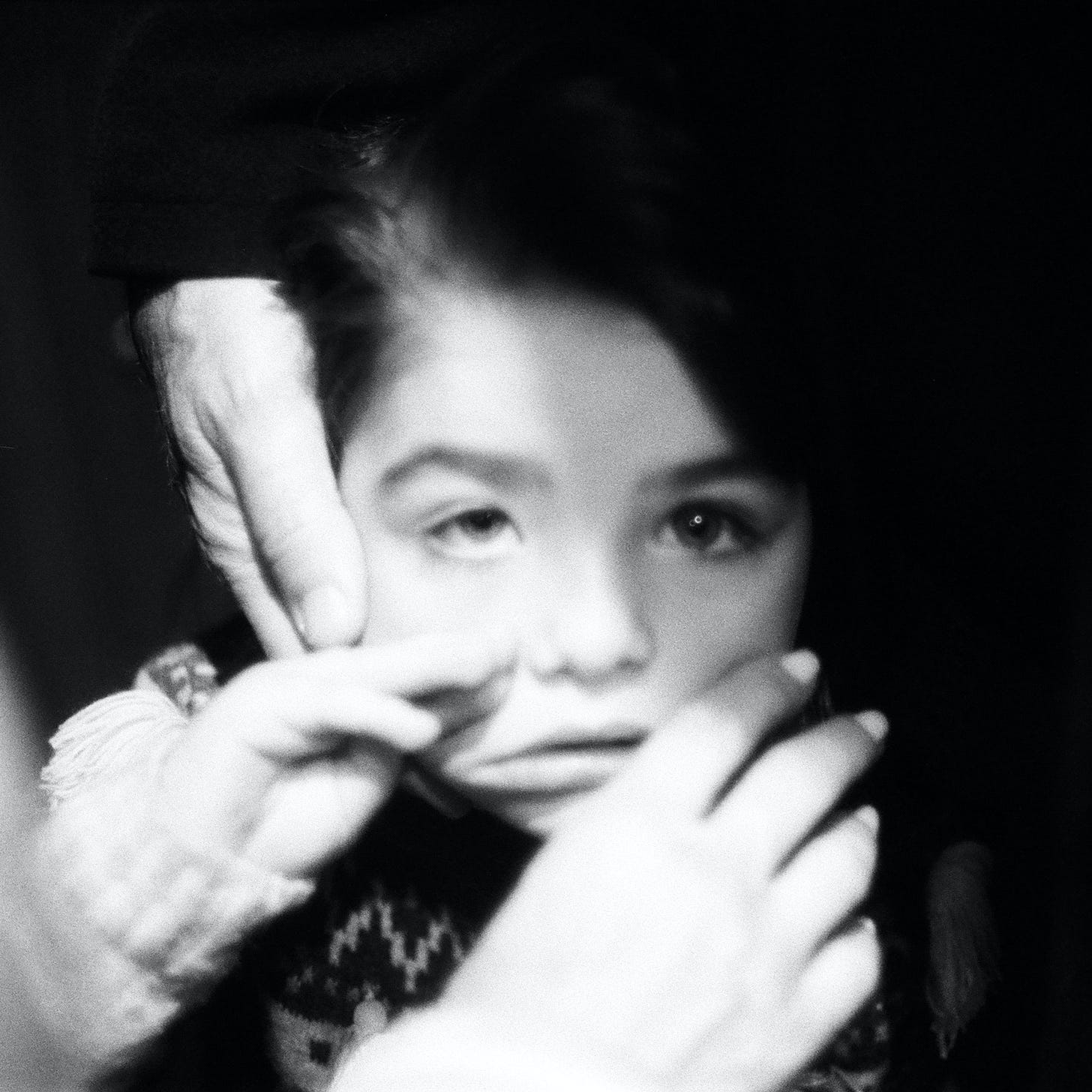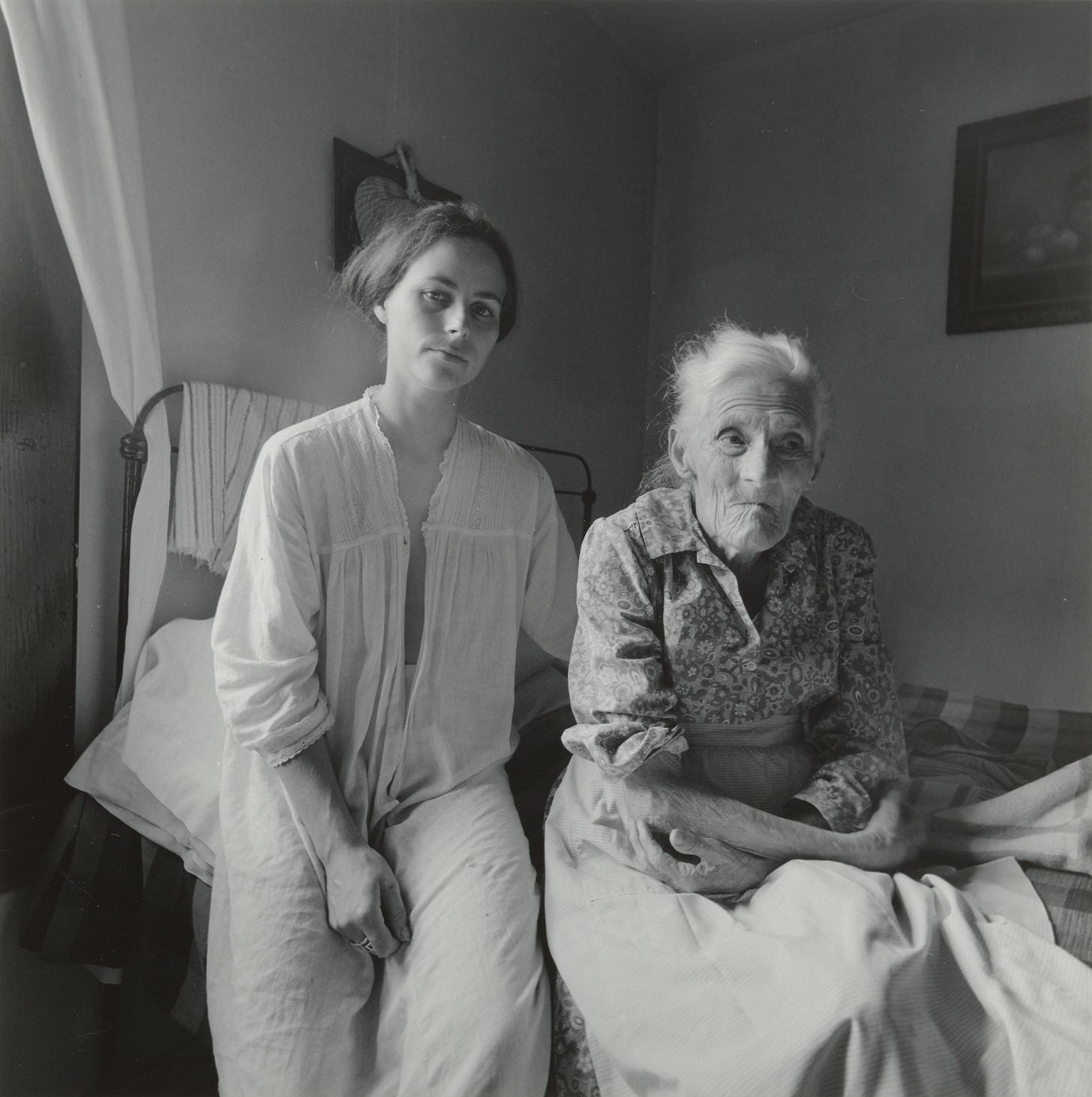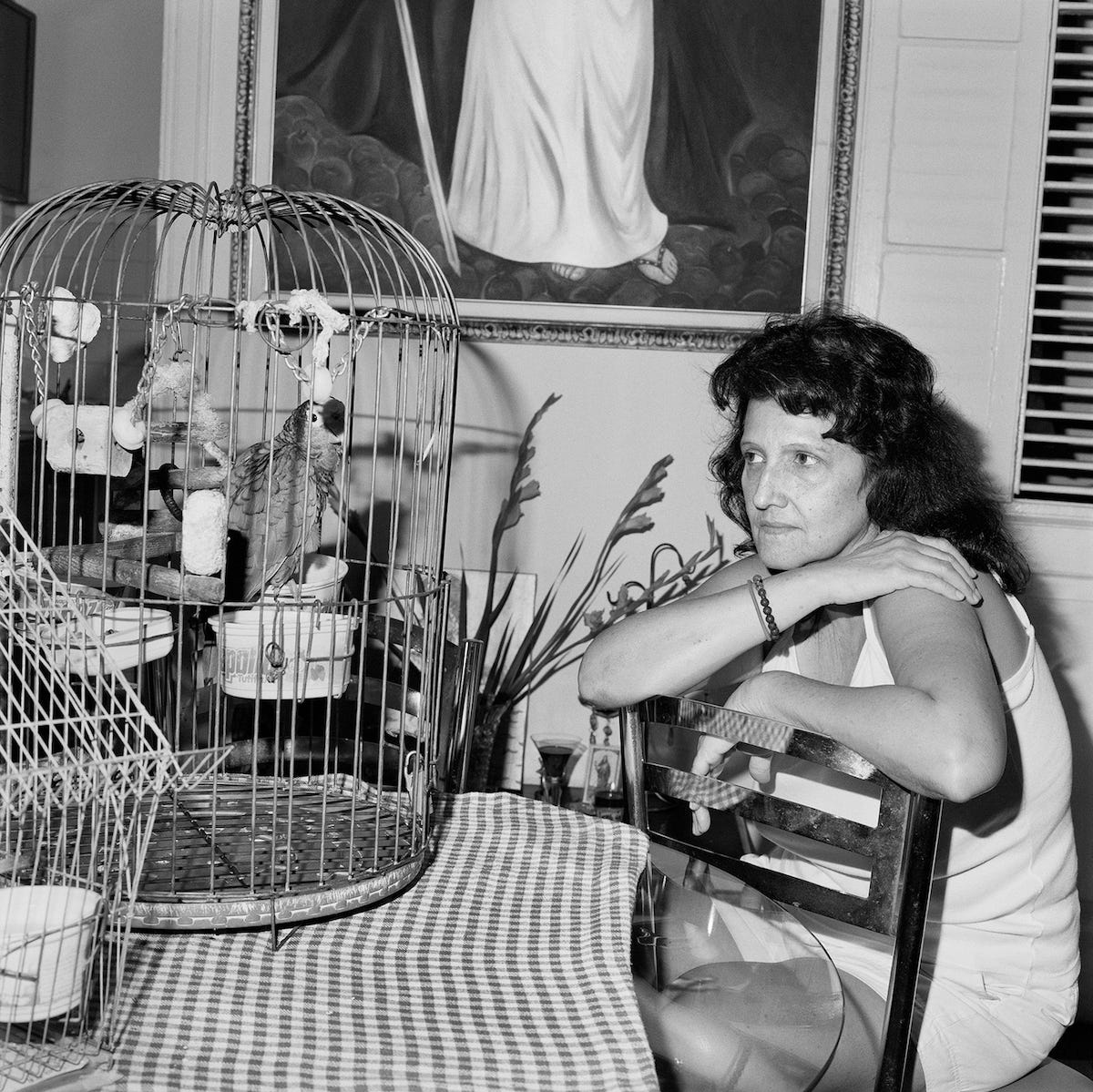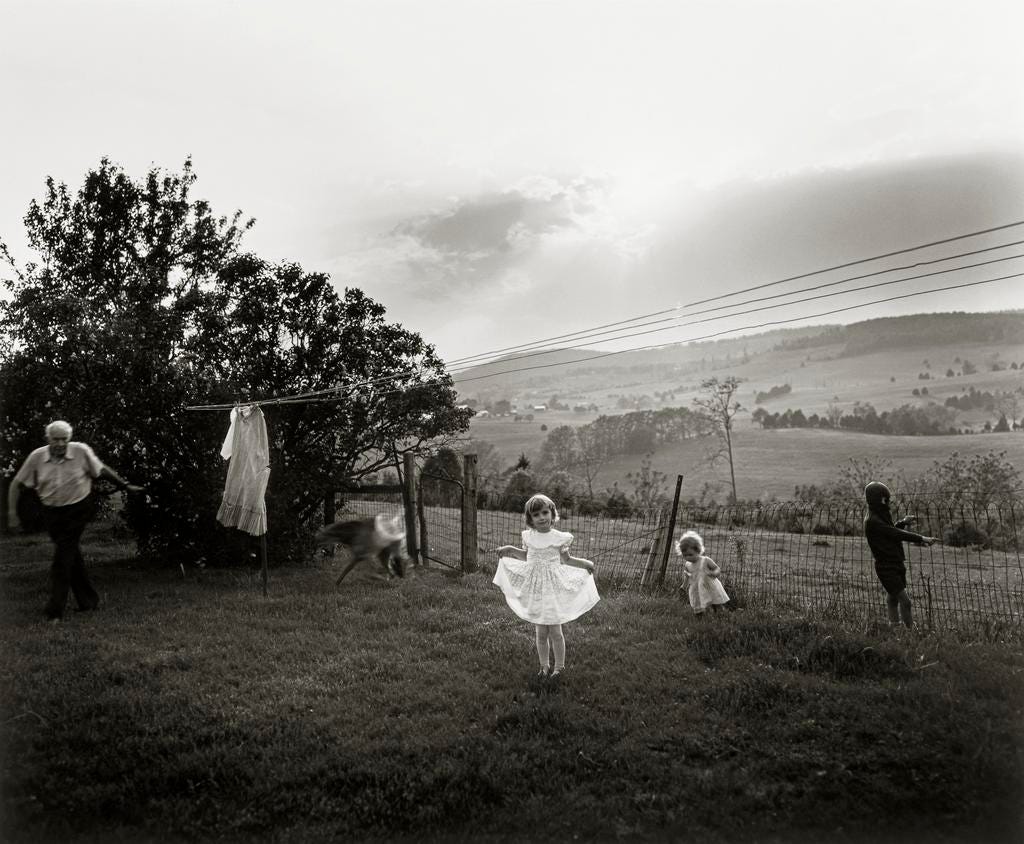Hello to the few people who read this blog where I share about things that may or may not interest you. (My friends who aren’t into photography but subscribe to this…you’re so nice, and I’m sorry if I bombard you with unnecessary info haha :-))
Today, a section of the article and photos from my graduate work looking at the positive impact of employment on adults with disabilities was published on NPR. In honor of that, I wanted to share the full article and some photos here.
From the age of two, I have always had at least one close friend in my life who has an array of disabilities. It started with my brother Chase and has expanded outwards to his classmates and therapy buddies ever since he started attending motor therapy, speech therapy, behavioral therapy, and school. When I was too young to attend full days of school, my mom and Chase were stuck with me. I couldn’t be home by myself, so I spent a lot of time in waiting rooms. In those waiting rooms, I’d befriend kids who were like my brother and, at the time, didn’t seem much different from me either.
When you’re that young, it’s difficult to differentiate between neurotypical and not. I knew plenty of kids from preschool who didn’t talk much or behaved erratically, so the kids in those waiting rooms seemed run-of-the-mill to me. It was a long time before I realized that my brother was not “normal.” It would be even longer before I realized the roadblocks that Chase would face as an adult, and what that meant for the broader disabilities community.
In recent years, I have become engrossed with the world of meaningful employment for adults with disabilities. What does it look like? Is it possible for their unemployment rate to lower? How can more companies employ neurodiverse individuals? My interest stems from my connection to my brother Chase. I know and love Chase as well as his friends. I want them to experience as full a life as anyone else. The difficult moments come when I remember that Chase cannot work. He is too cognitively disabled to understand the concept of a job much less hold one down. As I’ve looked into this subject and spent time with adults with intellectual and developmental disabilities (IDD) who are high-functioning enough to hold down jobs, I feel a bittersweet joy. There is joy because I’m seeing the community I love thrive, but there is sadness because I know that for Chase – and others as low-functioning as him – life will not include this specific component that, for so many, brings meaning and empowerment.
Ruth Thompson owns and operates a restaurant in McKinney, Texas that employs adults with IDD. It is called Hugs Café. When speaking with Ruth, it is clear that her passion lies in working with this population. Her passion created Hugs but what has allowed it to last is the team she built.
“We are a restaurant that has zero percent turnover. That is unheard of anywhere,” Ruth shared. “My initial vision for Hugs was we would train them, employ them for a while, then they’d move on and others would come in. After the first year, we had so many say, ‘please don’t tell me I have to go somewhere else.’ They found a home, a family, a community.”
Many of the staff members at Hugs had not worked previously, and the fulfillment they have found through their work has shown a boost in confidence for each of them. Tameka, a Hugs employee who once rarely spoke and struggled with communication, now is one of the kitchen leads and regularly calls Ruth to discuss work-related topics.
According to the U.S. Department of Labor, the unemployment rate for adults with intellectual and developmental disabilities (IDD) is roughly double the unemployment rate for neurotypical adults. The stigma that adults with IDD wouldn’t be helpful in a fast-paced company is perhaps the greatest obstacle they face when seeking employment. Each person I spoke with who works in either employing adults with IDD or helping adults with IDD acknowledged this then countered it. With the proper training, most adults with IDD can be an asset to any company. The catch is that the employers will likely need to be trained as well.
Max is a thirty-five-year-old man who lives in Dallas with his parents Linda and Matt. Max has disabilities that limit his cognitive functioning but has found meaningful employment at the Catholic church he and his family attend in Dallas. He has held the same position at All Saints Catholic Church for 17 years as a groundskeeper. He changes out trash bags and keeps the grounds as well as the inside of the church clean by going in twice a week, Mondays and Thursdays. The position has changed over the years but previously included window-washing and vacuuming as well. Initially, Max required substantial training and he still requires a refresher on his training every so often. On a day-to-day basis, though, Max completes his work successfully on his own. Max’s mom Linda emphasizes that what makes this work meaningful to Max is not just that he’s doing work but that the church truly needs this to be done.
When I ask Max what he loves about his job, he says “I get to make the church look beautiful and clean.” His coworkers – fellow maintenance and groundskeeping staff – love to joke with him and check in with how he’s doing. Some of their small interactions have become ritual to Max – his boss Darrell will make a joke and Max smiles then says, “get back to work!” Darrell lets out his booming laugh. When I see Darrell in the parking lot he says, “I love joking around with Max.” Still, the work can be a solitary experience for Max.
“In the parish directory, they publish a list of the staff. He still doesn’t get listed among the staff. He just was listed as part of our family,” Max’s dad Matt shared with me. “You know, we even wrote in advance, make sure you put Max in the part of the directory that lists the staff. He doesn’t get invited to the staff Christmas party either. It’s not perfect. He gets a W2, he has a badge, he has a key, he’s on staff, but I guess they just forget about him.”
Seeing throughout my life the way people have struggled to engage with my brother Chase, this was unfortunately not all that surprising to me. Because individuals with disabilities engage with the world in a very different way than neurotypical people, they are often written off as incapable. Not only that, but most people do not encounter any individuals with disabilities on a regular basis. They are somewhat of a hidden group of people, making them a mystery to some.
Neurotypical people – employers and passersby ¬– sometimes don’t know how to respond to or communicate with people with disabilities. This lack of knowledge leads to misunderstanding. If you don’t understand someone, it’s easier to just not employ them. And meaningful employment of someone with disabilities goes beyond nominal employment, too. It is not a favor to them – it is an opportunity for both the company and the individual to experience success. To be meaningful, it must be mutually beneficial for both parties. This can be accomplished through proper training for both employer and employee.
Though employing someone with disabilities requires additional training, the benefits outweigh the costs. With the proper infrastructure, adults with disabilities can thrive at a company. Linda has seen firsthand how Max has managed to thrive in his work for 17 years.
“Building a team around the person with a disability so they have connections at work. Those people taking him or her out to lunch every now and then. The team, I think, would help keep them on track. There are also training agencies that help keep employed adults with disabilities up-to-date on what their daily life at work is supposed to look like,” Linda shared with me when I asked her how to make people with IDD succeed at work. When Max first started working, he had just graduated from JJ Pearce, a public high school in Richardson, a suburb of Dallas. The Richardson Independent School District’s Transition Program trained him when he started his job. Some years later, Max received an update in his training through the Department of Assistive and Rehabilitative Services, a government agency that administers programs that ensure Texas is a state where people with disabilities enjoy the same opportunities as other Texans to live independent and productive lives.
National Core Indicators shared a data brief on people with IDD in integrated employment – employment not designed specifically to employ adults with disabilities – in 2016. Their findings showed that only 14.8% of individuals with IDD are employed at a company that is not specifically catered towards individuals with disabilities. 43.7% of individuals with IDD engage in unpaid facility-based activity. The employment rate of people with disabilities in an institution is 3.5%. For people with IDD who are not born into families with resources, their opportunities for employment are miniscule.
Max has a strong support system and lives at home. This seems to be a crucial factor in employment. People who are in facilities or group homes (and have uninvolved parents) do not have advocates the same way that people whose parents are still actively involved in their lives do. There are adults with disabilities who can drive but many cannot. Most adults with intellectual disabilities have a difficult time staying on schedule so they need someone to remind them when to get ready for work and when it’s time to go home.
All these small but important details set them up for failure if an advocate or their parents aren’t there to support them. Furthermore, many services for individuals with disabilities are not government-funded. Because of this, if the family is not able to afford services on their own, the child will grow up without the proper therapy, support, and education he or she needs to reach his or her full potential. Not only does a family need to be supportive of their child with disabilities for their entire life, but they need to have the funds to provide specialized therapy, education, and training to prepare them for a fulfilling adulthood.
For these adults, their employment brings meaning and empowerment to their lives. It has been clear to them for most of their lives that they’re different. In many situations, individuals with IDD are made to feel less capable of contributing something valuable. Employment demonstrates to them and to the people around them that they can bring something to the table.
JP Morgan Chase has developed an inclusion program in their Dallas offices in an effort to offer employment opportunities to people with IDD. The program has been a success and the company has had multiple employees with IDD working for them since early 2020. This has been done mostly through something called “job carving,” a term that refers to job creation based on someone’s specific skills. Many individuals with Autism enjoy repetitive tasks and are gifted in attention to detail.
For example, previously, employees would have to search for errors or inconsistencies in data even if it were was not technically their job. This task was unenjoyable for most if not all of those employees, and they frequently made many errors due to fatigue according to Bryan Gill, Executive Director of JP Morgan Chase’s Business Solutions Team. Through job carving, those aspects of their jobs were eliminated because they could now be done by people who especially enjoyed those tasks. Their new neurodiverse employees are highly skilled in these jobs and rarely make errors.
Mandy Noerper, Associate Director of Support Services at My Possibilities – a continuing education and career services center for adults with IDD, spoke with me about the potential of this population. “I think people don’t realize they can do integrated employment…But in one of our partnerships, they’ve talked about bringing in a guy who does the job nobody else wants to do. He does data entry and quality control. In the last year, he said he’s done twenty-six-thousand entries with zero errors.” In Mandy’s experience partnering with companies in the Dallas area, she’s seen that employing adults with IDD is possible as long as the company is sincere in their desire to employ the population. It is entirely possible for a person with IDD to be valuable to any company – the right job just needs to be found for them.
For the people in this population who get to experience employment, it’s a chance to prove to themselves and to others that they can contribute value. For so much of their lives, it’s apparent to them that they’re different. Many of the people they encounter don’t have high expectations for their abilities. But employment flips that on its head. Not only does the company benefit from the person’s work, but the neurotypical coworkers have their conceptions challenged and if it’s a front-facing role, the customers do, too. Best of all, the person with IDD realizes how much more capable they are than previously thought.




